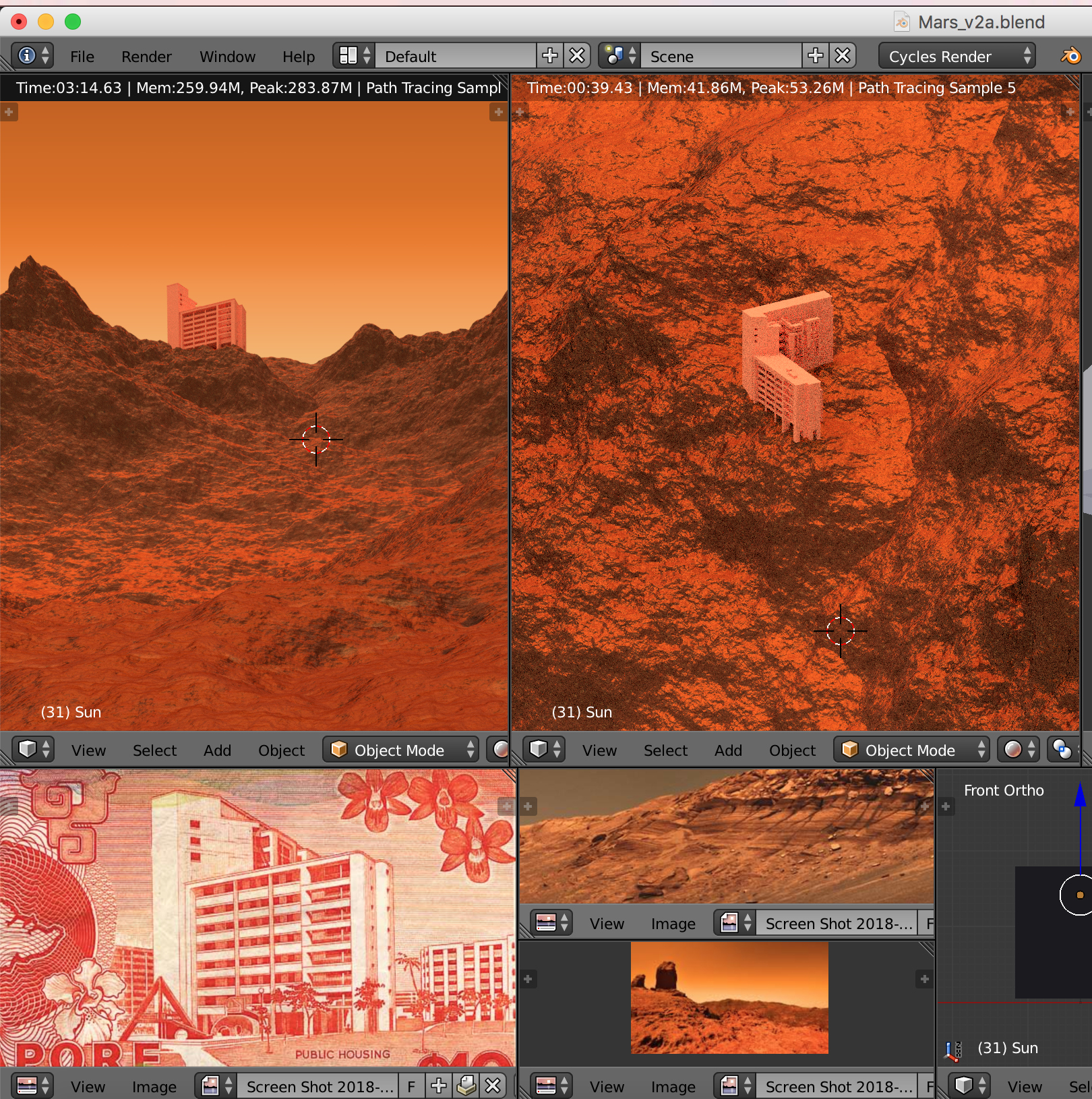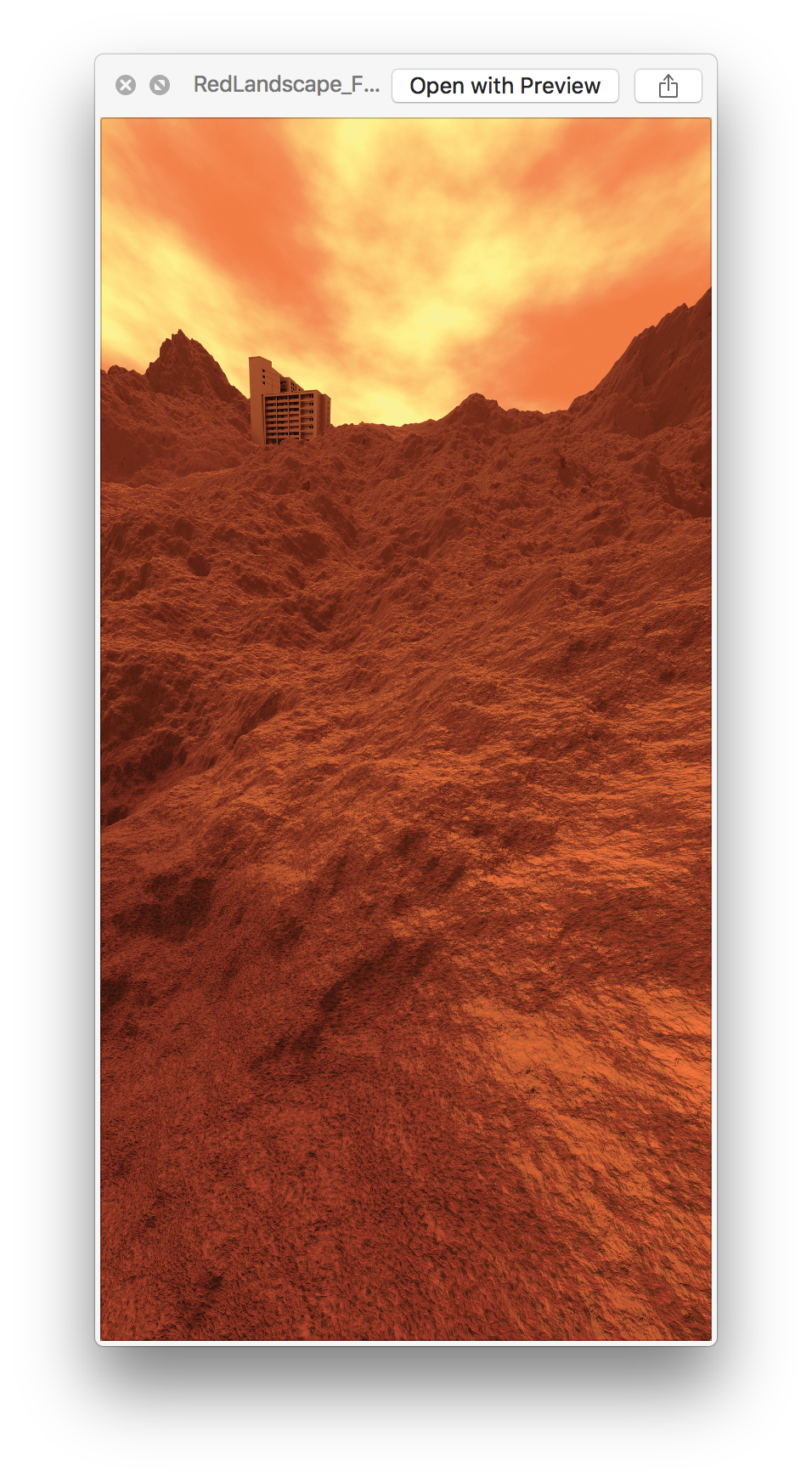
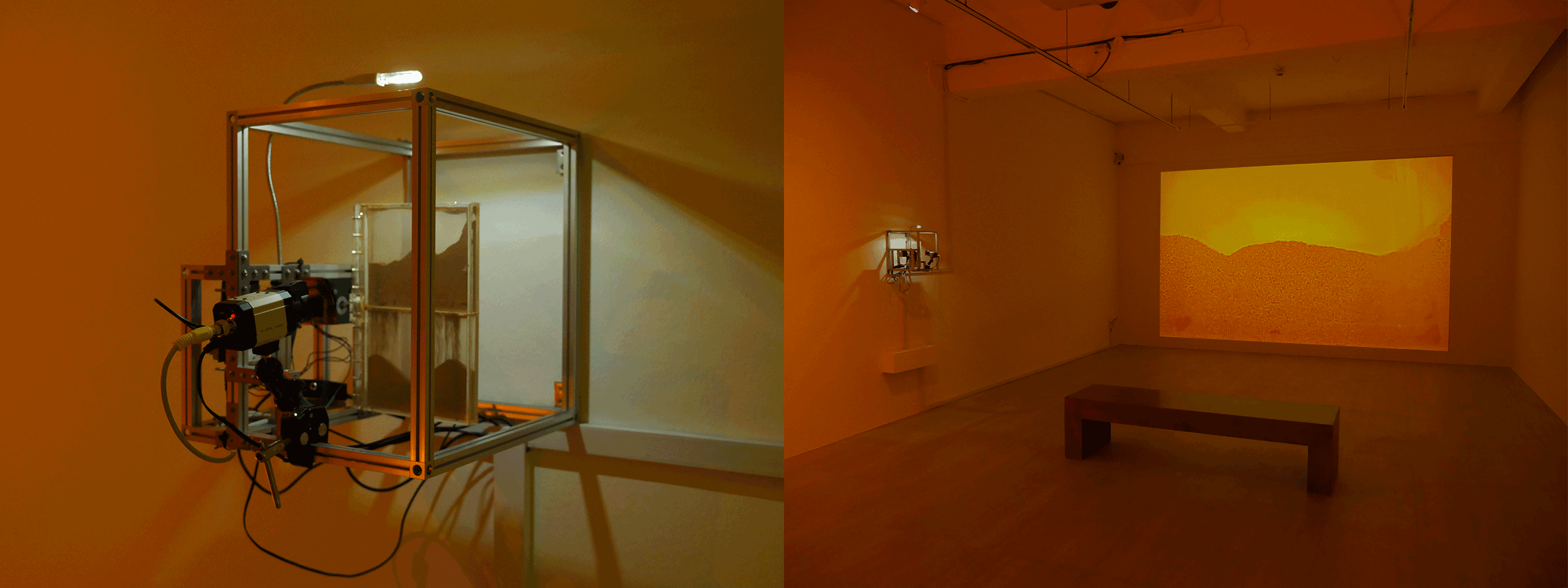
"Soil Works" by Debbie Ding (2018)
A Commission for the Singapore Art Museum
Shortlisted for the President's Young Talent 2018
4 Oct 2018 - 27 Jan 2019
8Q @ Singapore Art Museum
8 Queen St, Singapore 188535
Gallery 3.12 (Level 3)
1. SANDWEIGHT
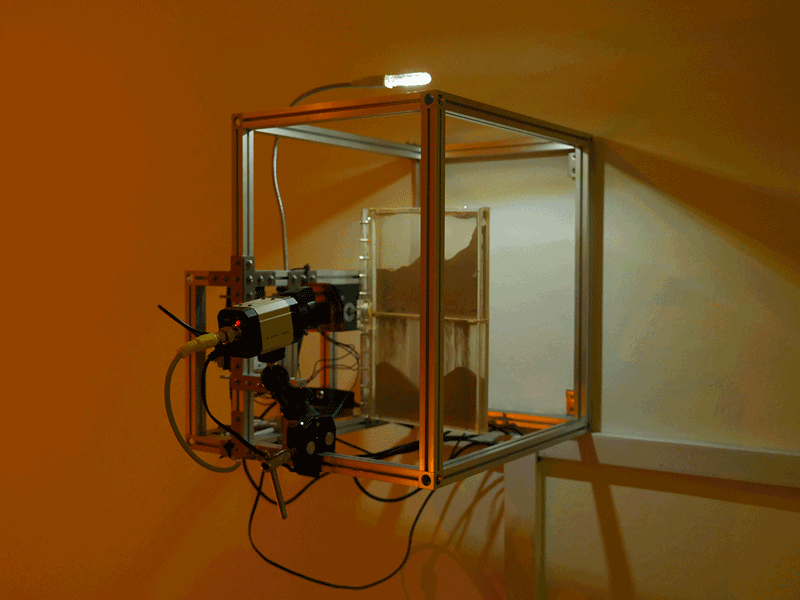
Soil collected from land-scarce Singapore circulates in a box that is turned by a motor, projecting the closed-circuit image of soil rapidly diminishing from a landscape.
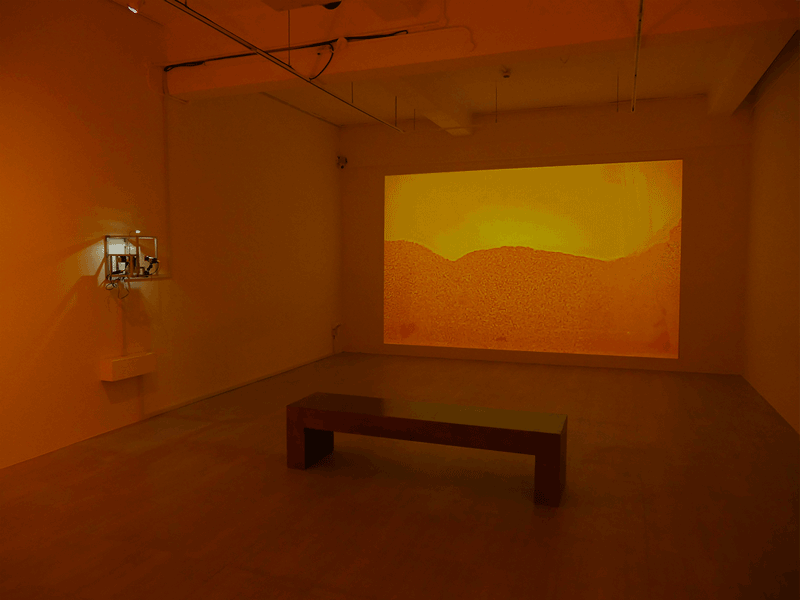


2. TOPSOIL
A surveillance camera is trained on a large bed of topsoil but there is no image visible to the human eye upon the bed of soil. The artwork is freed from its servility to being visible to humans through the illumination of an image in the band of the invisible spectrum. The covert infrared wavelength of 940nm greatly improves night vision capabilities of security cameras and capture devices. Only the closed circuit camera and field monitor is capable of receiving the signal of the artwork. The image that is revealed could be said to be reminiscent of a symbolic landscape, alchemical symbol, and/or symbol from the schematic diagram of an electrical or electronic circuit - the NOT gate or inverter gate which implements logical negation.

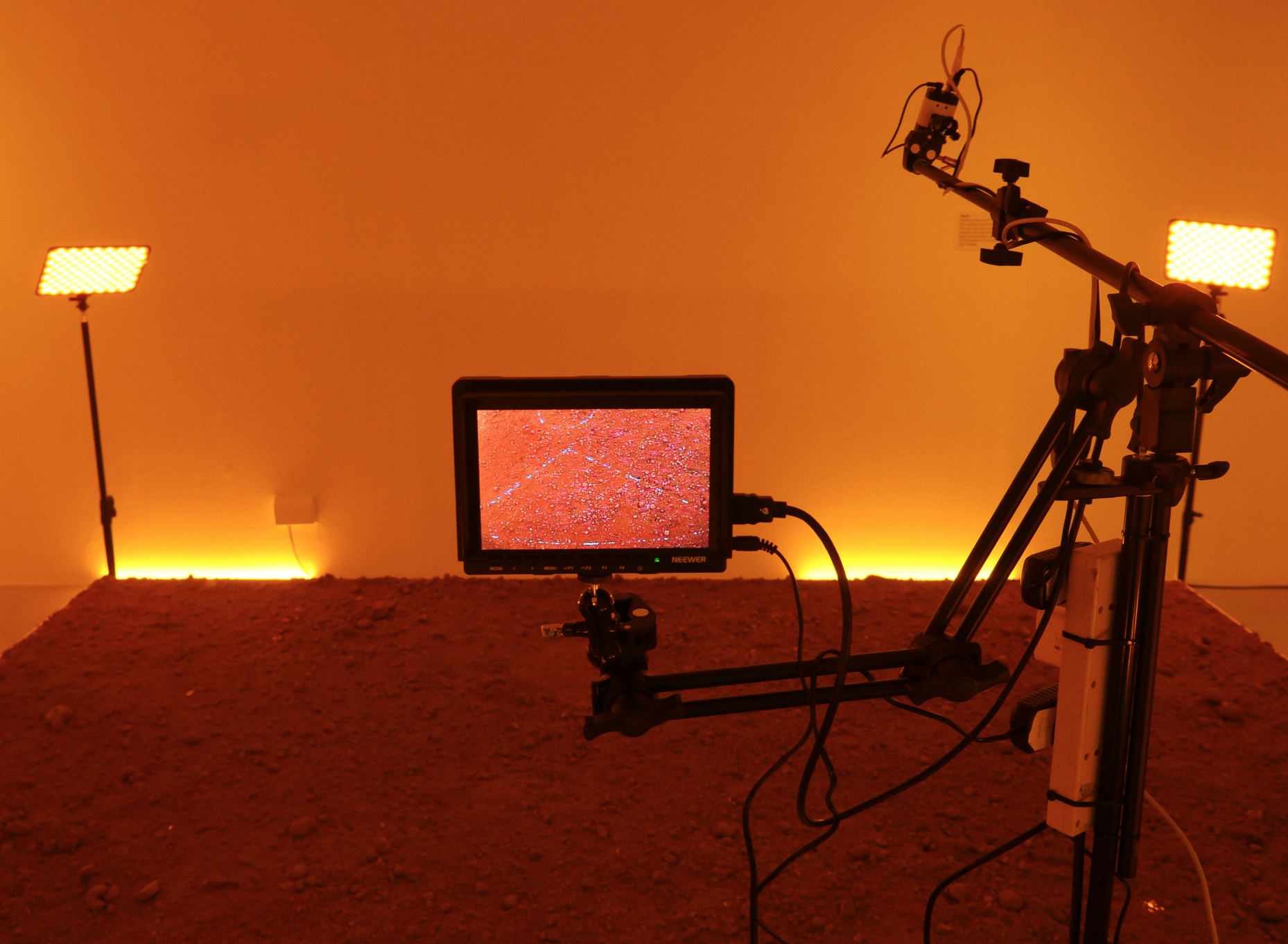

3. SOIL COLUMNS
Soil has been collected from a wide range of liminal public spaces: soil on the edge of expressways, underneath bridges, road triangles. This is material/composite often circulating and recirculating from site to site through the rapid process of urban redevelopment in Singapore; from areas through which huge amounts of human traffic pass on an everyday basis and yet these remain as spaces in waiting, like barren mars landscapes. Shared public spaces which are free to use but are rarely utilised by Singaporeans, with only the trace of pigeons, stray cats, cyclists, foreign workers taking a nap in these odd spaces where bikes and motorcycles, old kopi bags, footprints and smoke breaks, hiding away whilst in plain sight. Through the winogradsky columns, soil bacteria will grow, form colonies and change in colour, revealing themselves over the duration of the exhibition.

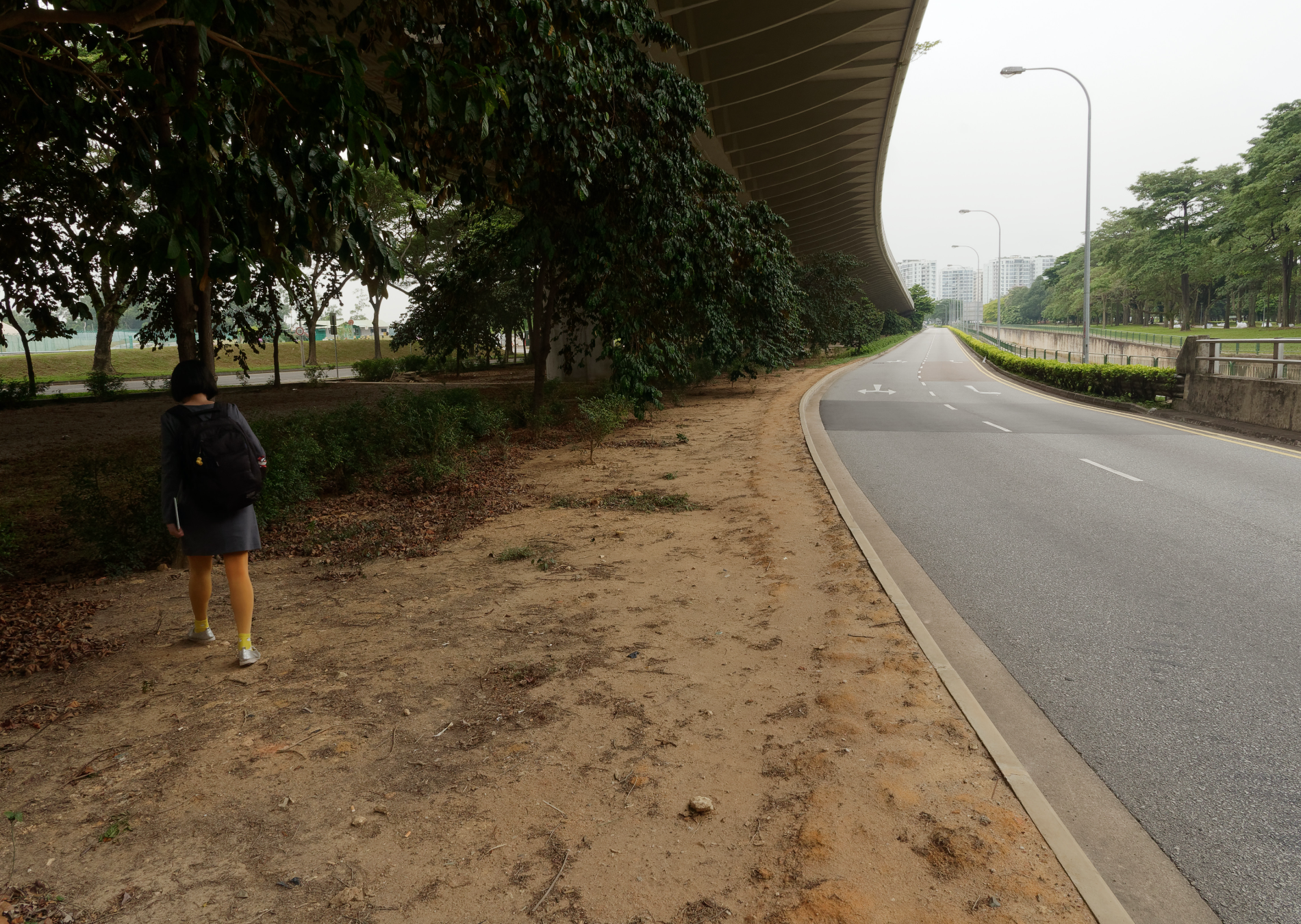

4. A HOME WITHOUT A SHELTER
In this city, all private land parcels exceeding a certain minimum size must allocate at least 10% of green spaces on their land to a "private garden camouflage zone". People who wish to use parts of these private gardens for their own leisure are legally permitted to do so, so long as they are in camouflage.
Special camouflage suits are manufactured and sold to suit every type of urban space. Members of the public blend seamlessly into the private gardens, private landowners are unable to see the public in their parks — the suits rendering them invisible whilst still actually completely visible.
Some entrepreneurial individuals have been trawling through the streets collecting soil and plant material, sewing the organic material into suits for would-be park goers. In particular, homeless people have been taking the most advantage of this scheme, devising the most ingenious ways of producing a camouflage suit at almost no cost, and becoming virtually invisible within some of these parks.
Many people in this city have mastered the fine art of blending in and remaining unseen whilst still in plain view.
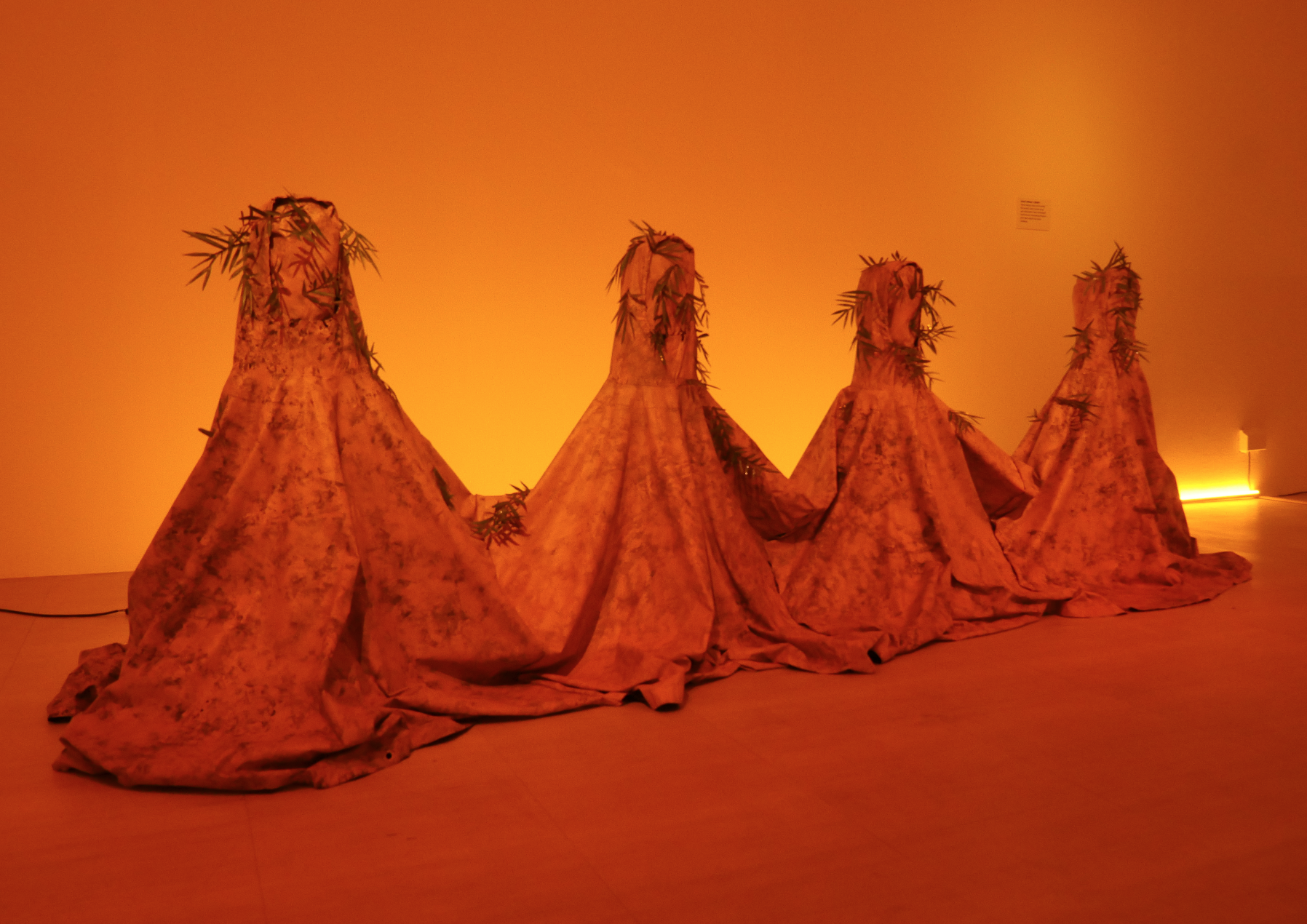
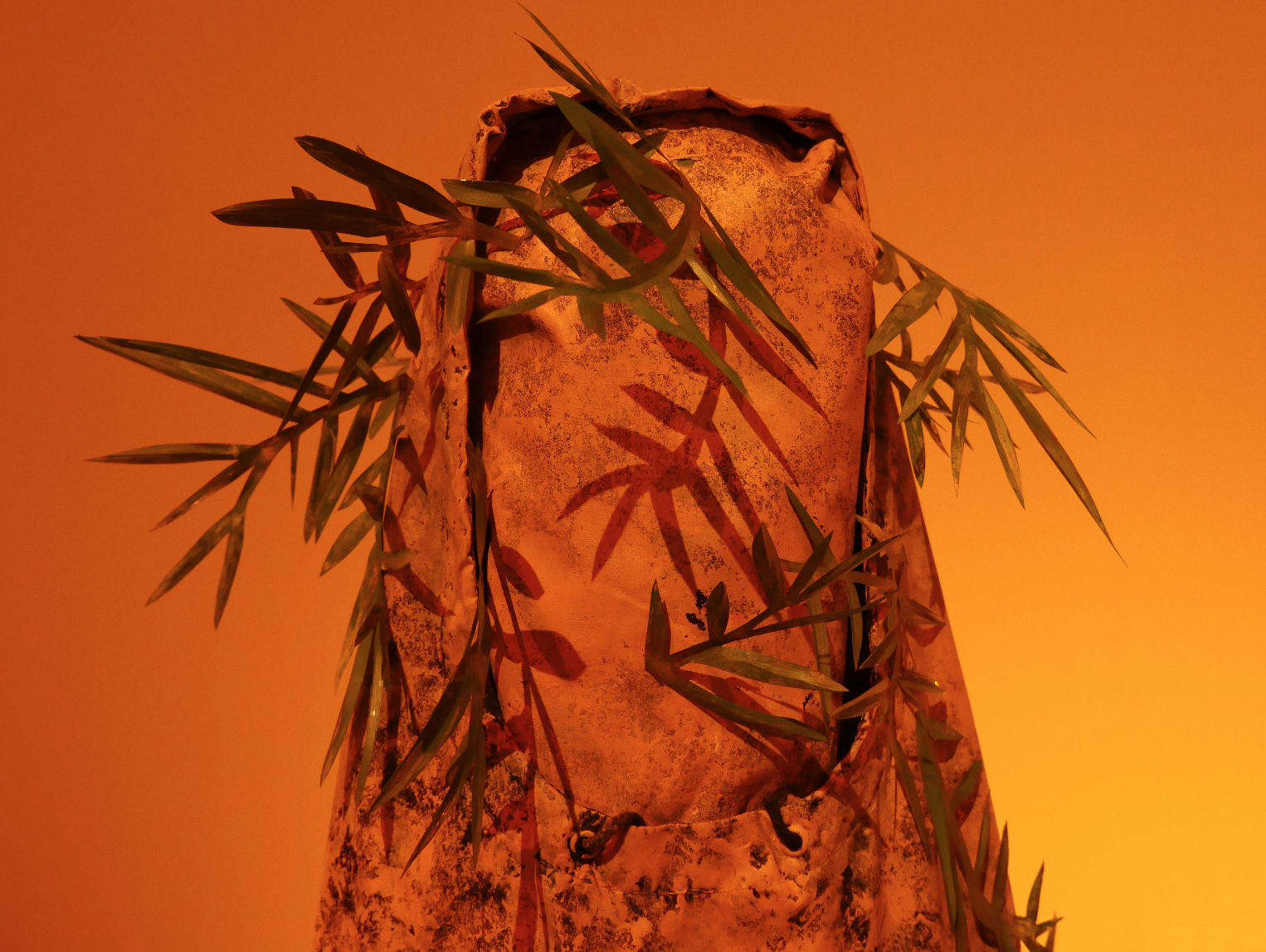
5. RED LANDSCAPE
In this city, a public housing building from the out-of-circulation $10 bill sits atop an impossibly huge mound of soil. Distantly, there is the sound of digging; invisible labour.

